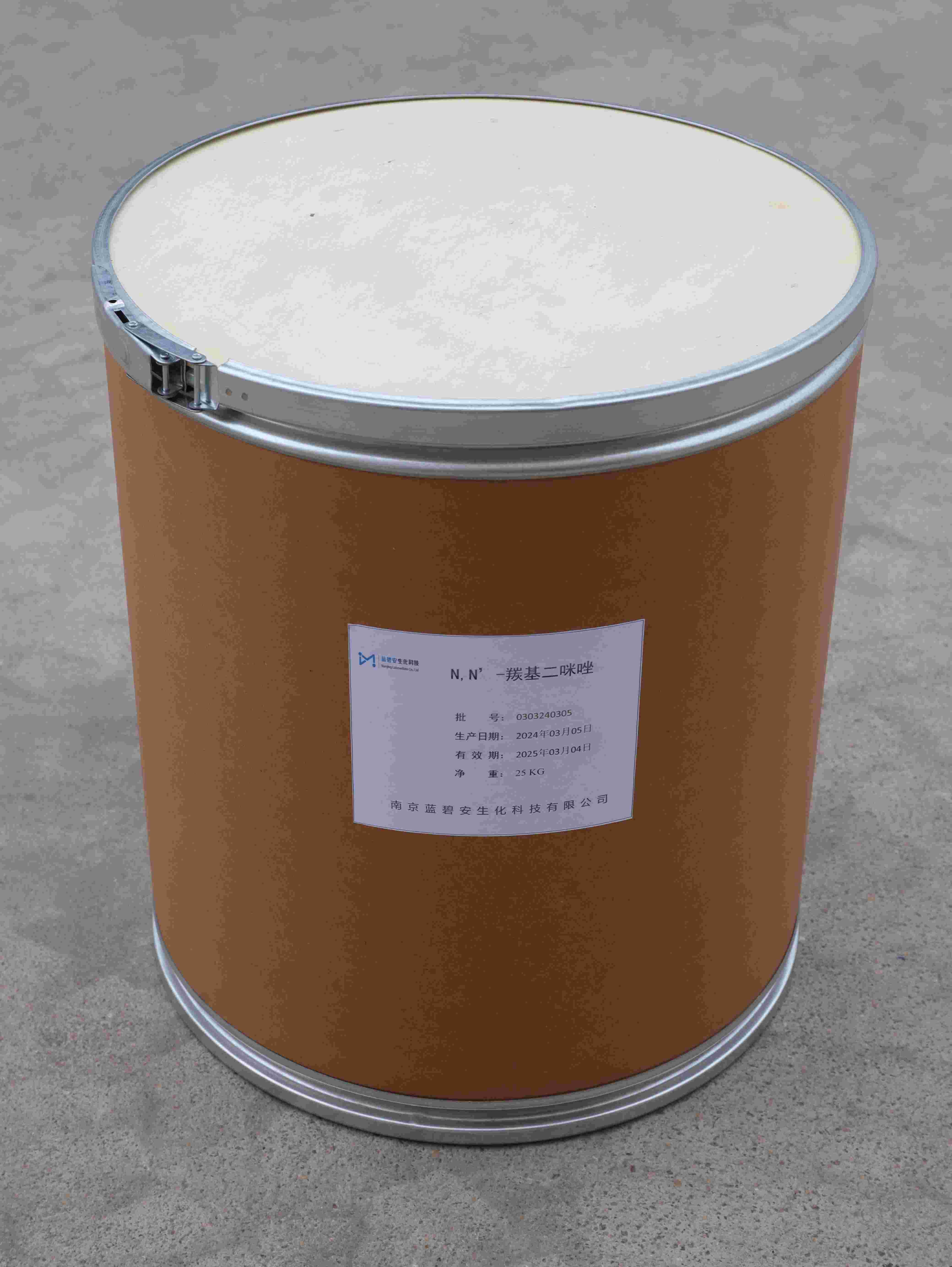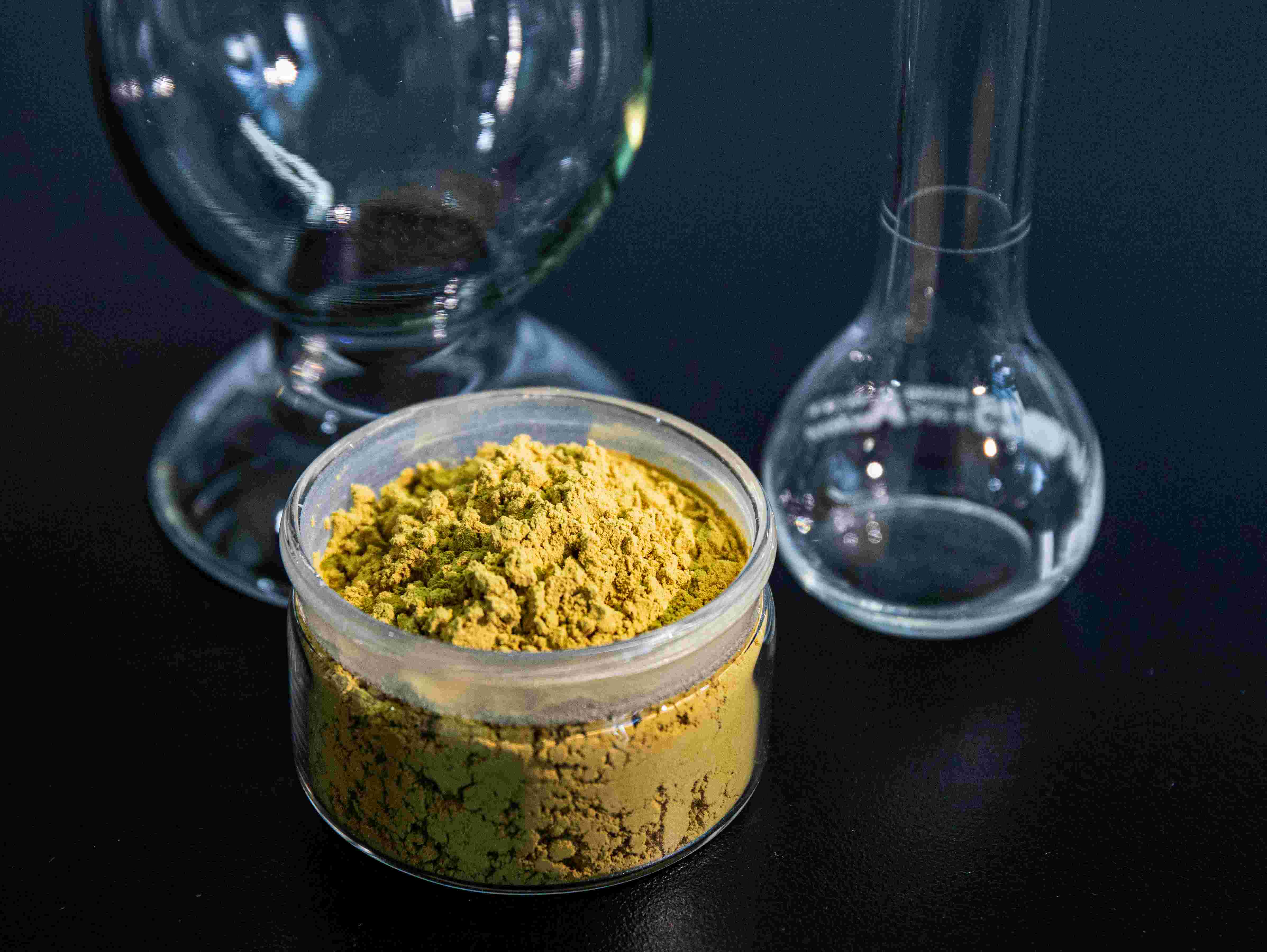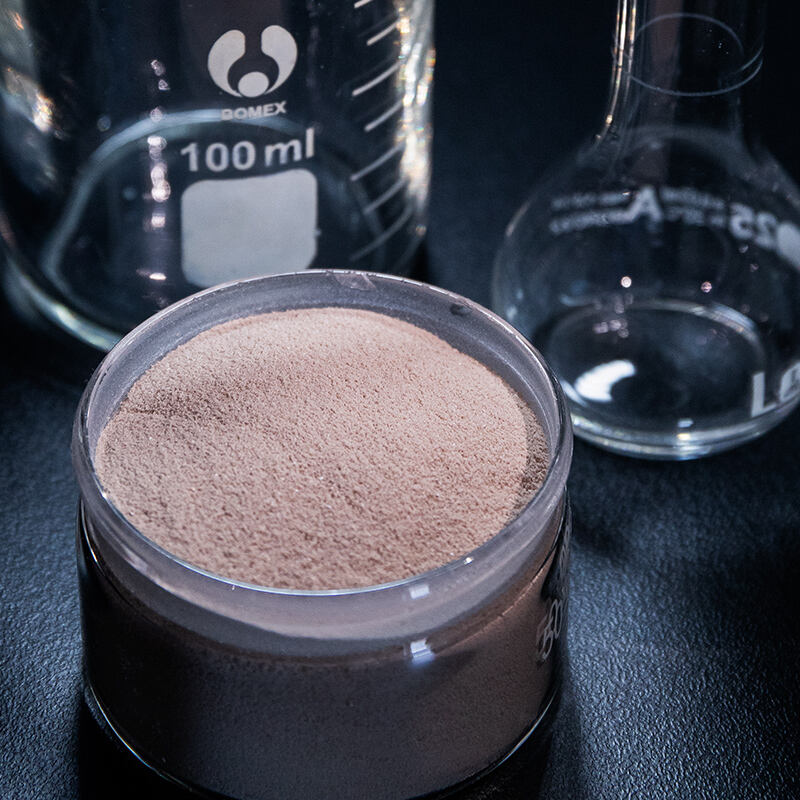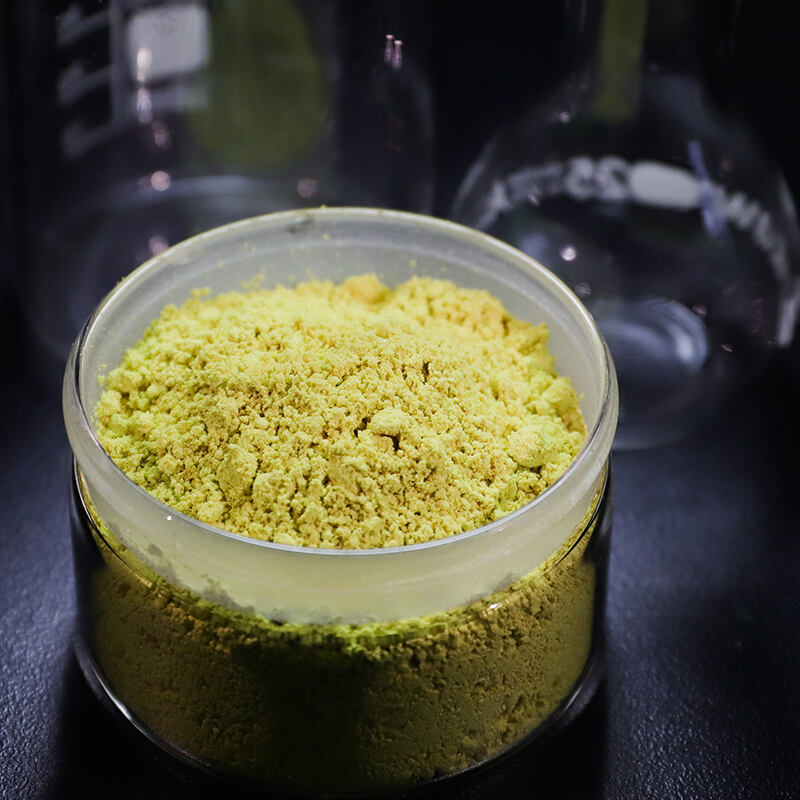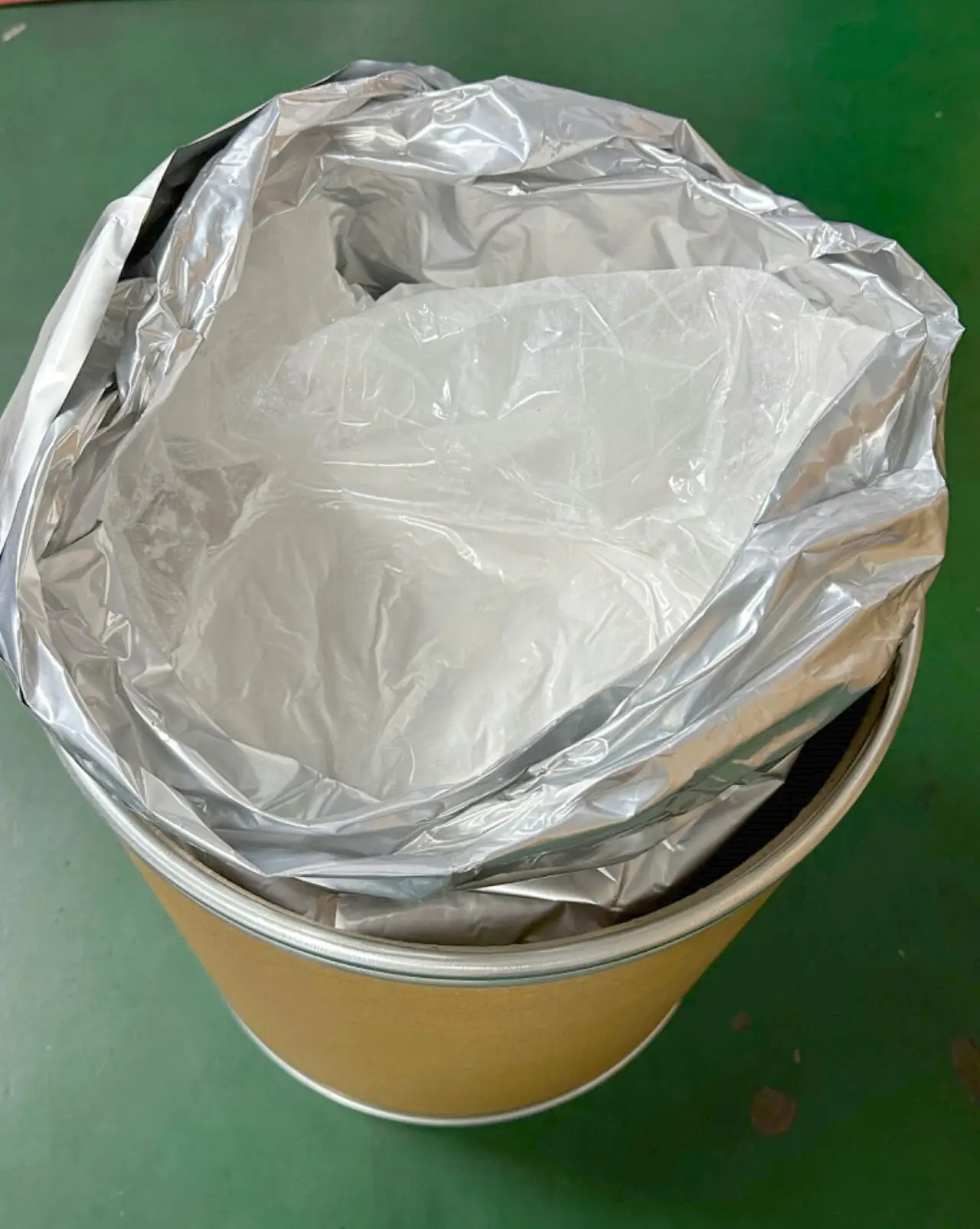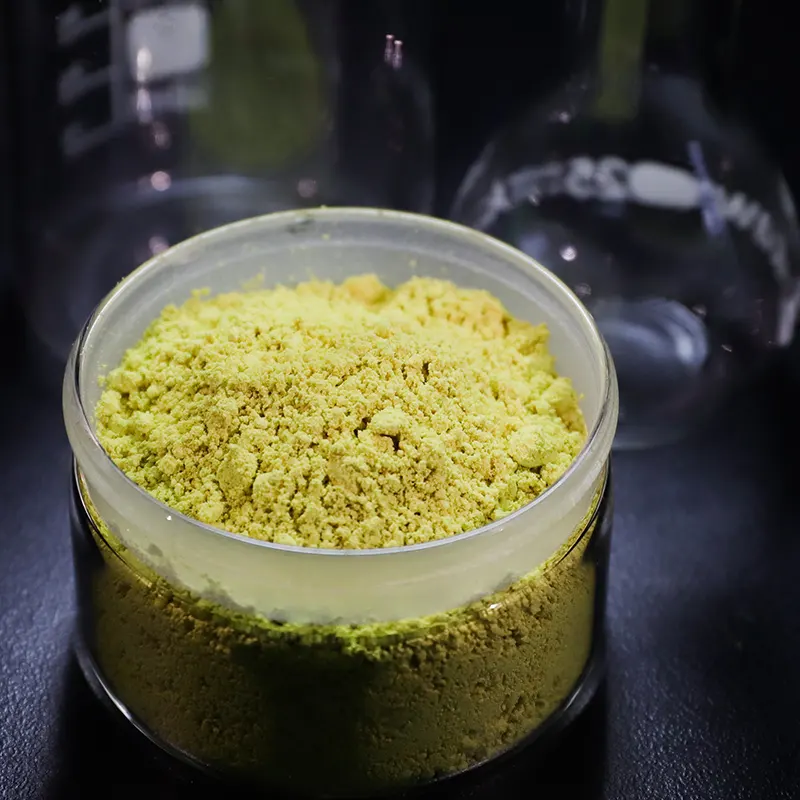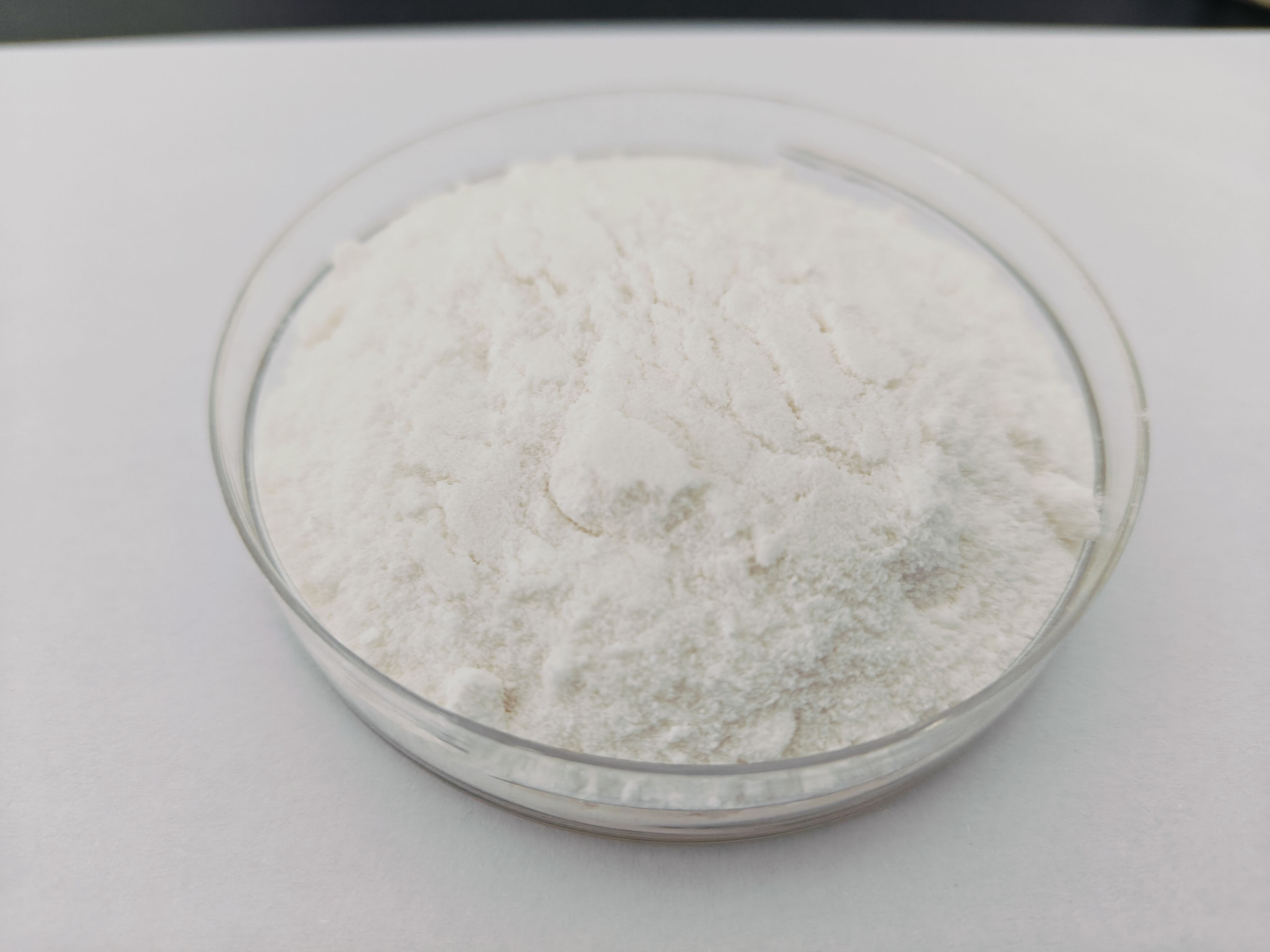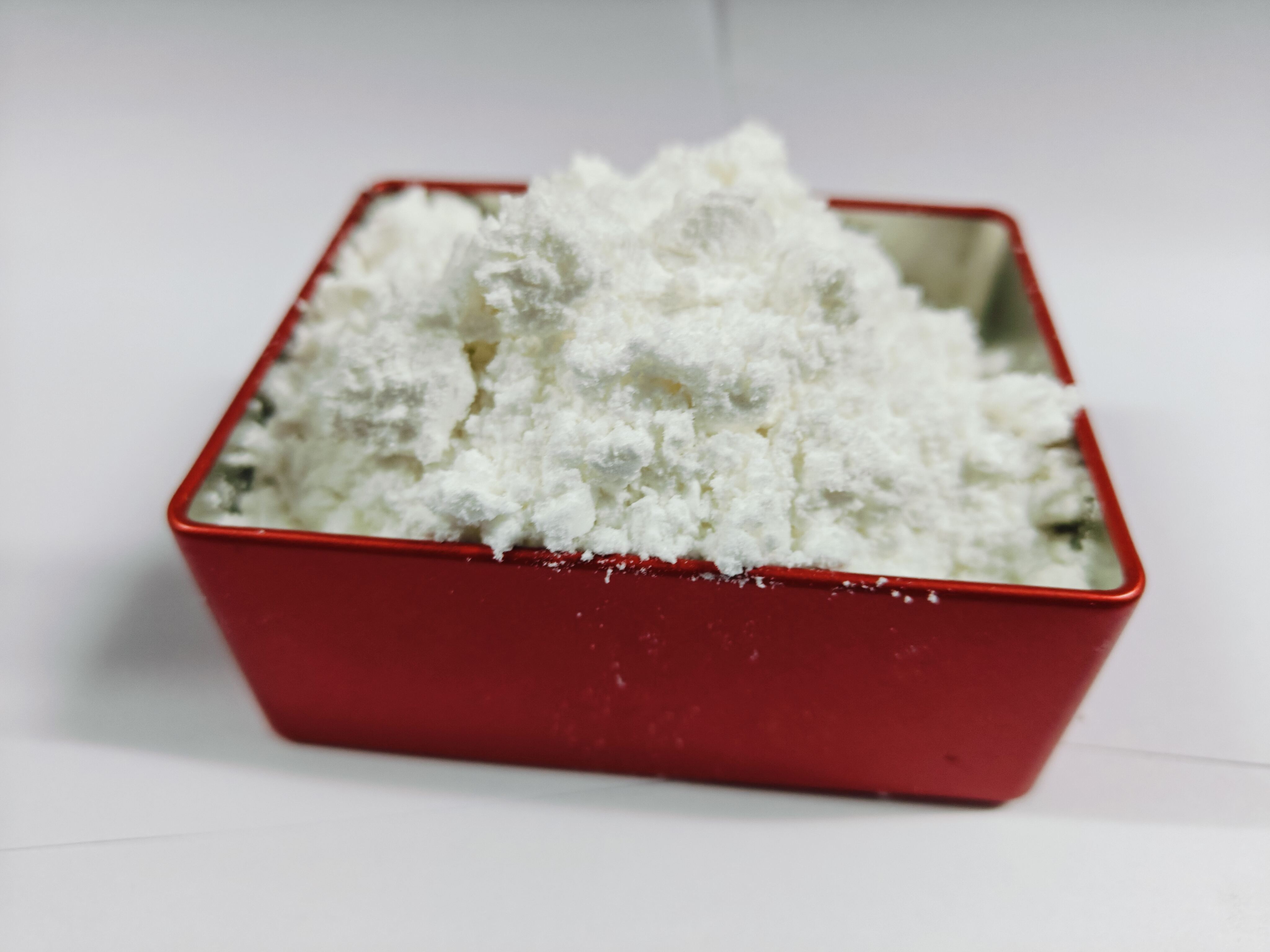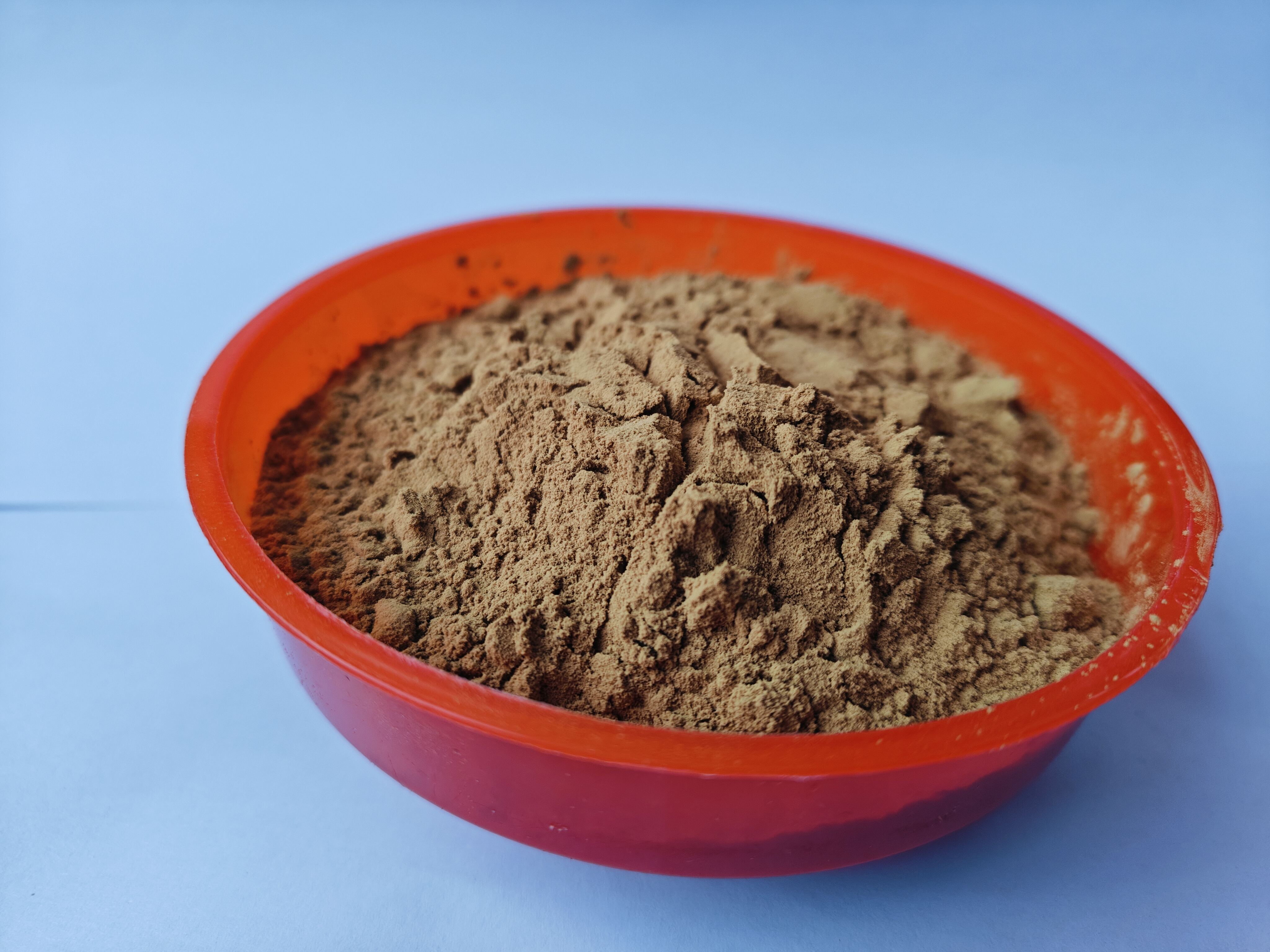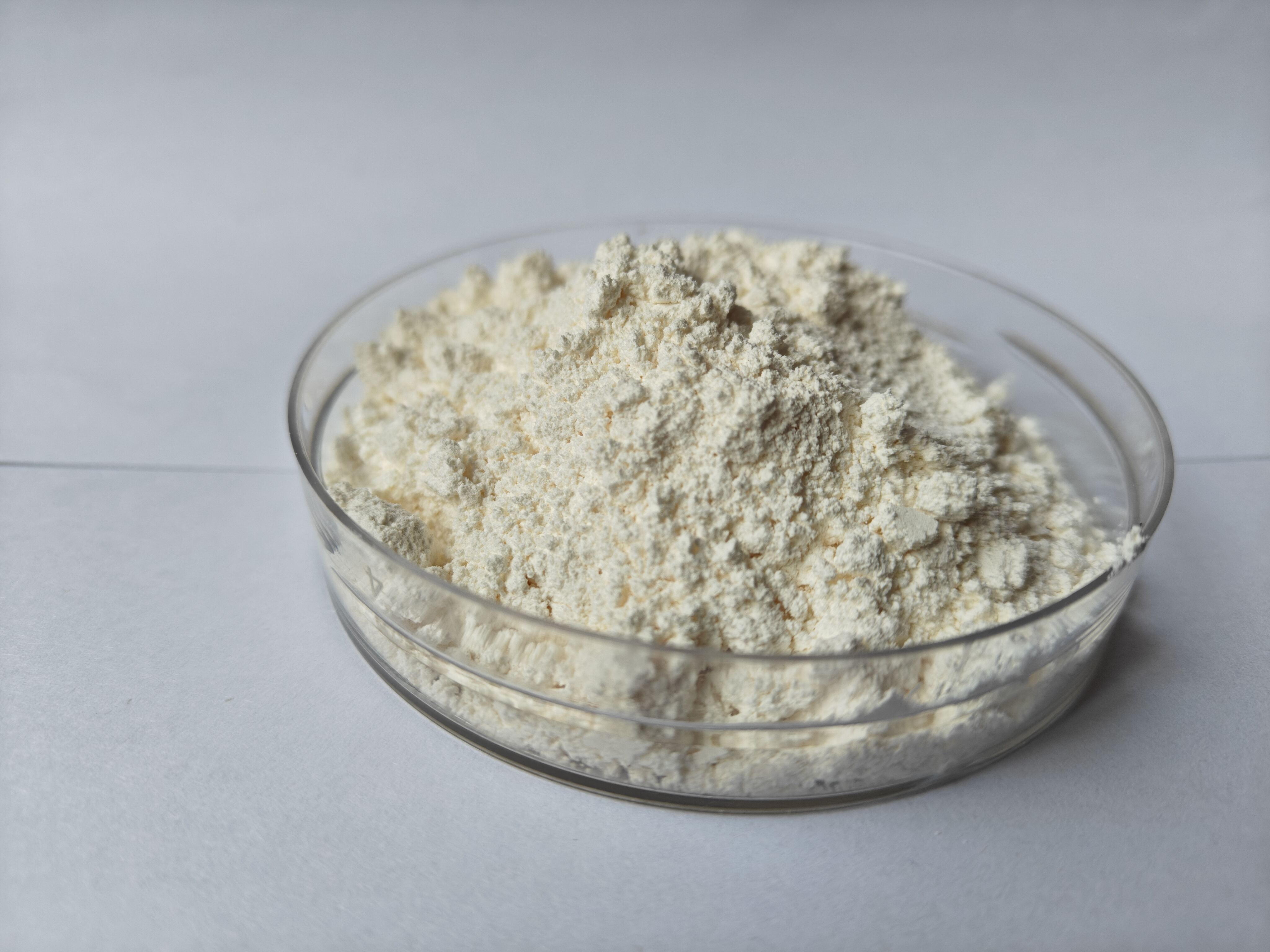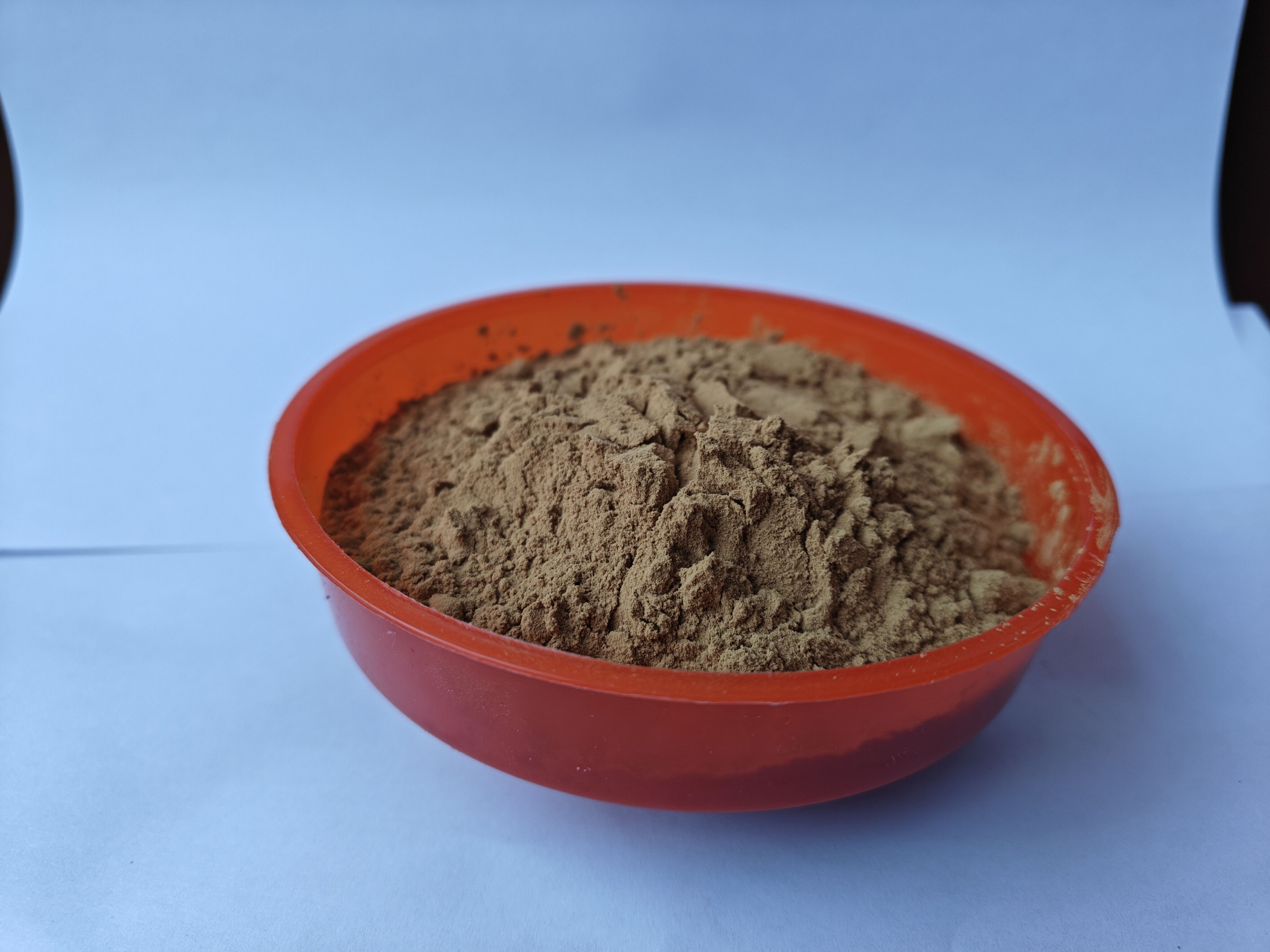kaugalian sa pagpapaligoy ng emc
Ang pagkakaroon ng EMC (Epoxy Molding Compound) ay isang kritikal na proseso sa elektronikong pagsasakay at paggawa ng semiconductor. Ang sopistikadong reaksyon kimiko na ito ay naglalaman ng pagbabago ng likido o polwder na EMC sa isang maligalig na, proteksyong kublihan sa pamamagitan ng saksak na kontroladong temperatura at presyon na kondisyon. Umuunlad ang proseso ng pagkakaroon sa tatlong distingtong yugto: gelation, vitrification, at kompletong cross-linking. Sa panahon ng gelation, nagsisimula ang EMC na magiging maligalig, bumubuo ng isang unang network na estraktura. Ang fase ng vitrification ay tumutukoy sa pagsasanay sa isang glass-tulad na estado, habang ang huling cross-linking ay nagpapatakbo ng optimal na mekanikal at elektrikal na katangian. Ang mga modernong sistema ng pagkakaroon ng EMC ay sumasama ng advanced na teknolohiyang pang-monitor para siguraduhin ang presisong kontrol sa cure kinetics, temperatura na profile, at presyon na parameter. Madalas na mayroon ang mga sistema na ito ng real-time na kakayahan sa analisis na track ang degree ng cure, nag-aalala sa mga manunufacture upang maiwasan ang konsistente na kalidad sa bawat produksyon na runs. Ang pakikipag-ugnayan ng EMC sa panahon ng curing ay maaaring makabuluhan sa reliwableng katangian ng final na produkto, nakakaapekto sa mga katangian tulad ng lakas ng pagdikit, resistensya sa ulan, at thermal stability. Partikular na kritikal ang prosesong ito sa aplikasyon na mula sa integradong circuit packaging hanggang sa automotive electronics, kung saan ang proteksyon sa kapaligiran at long-term na reliwabilidad ay pinakamahalaga.

